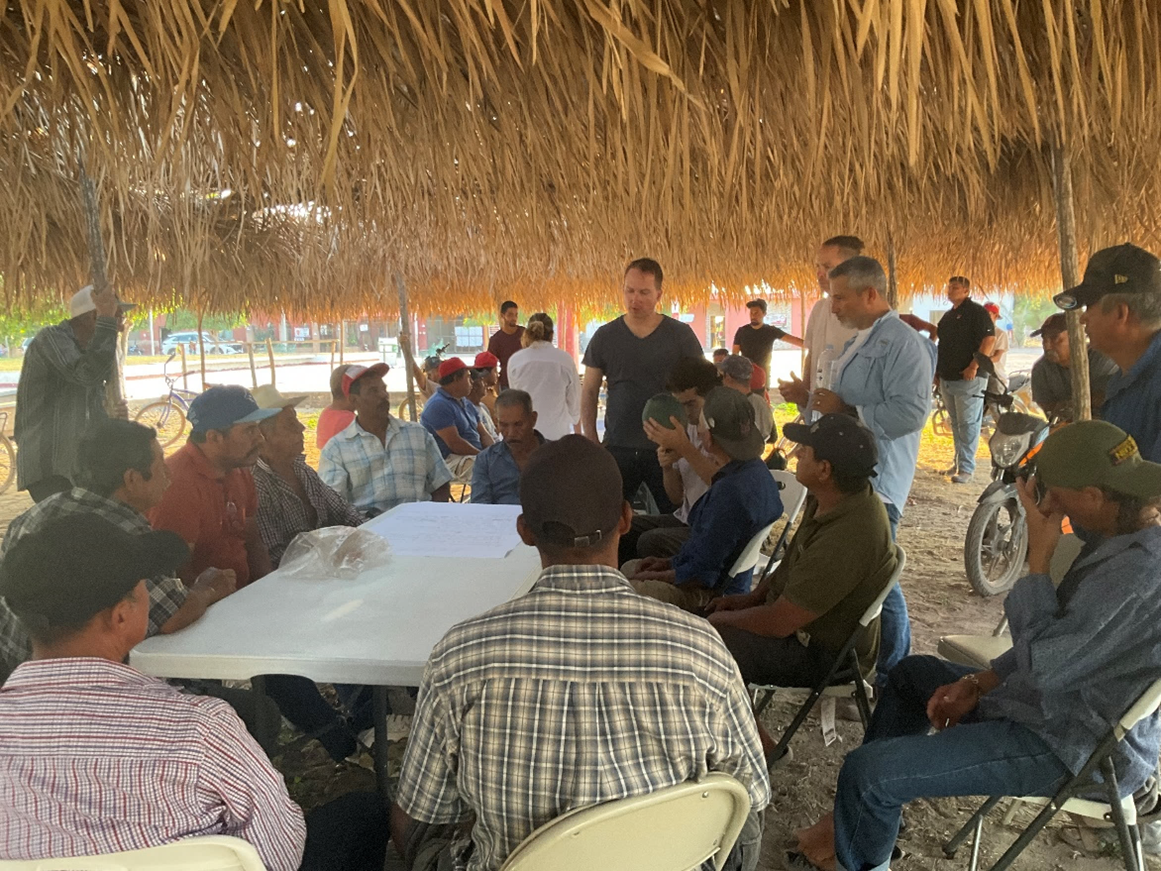WHAT IS BLUE CARBON?
About Blue Carbon
Blue carbon refers to the carbon stored in coastal and marine ecosystems, such as mangroves, tidal marshes, and seagrass meadows. These ecosystems act as powerful carbon sinks, capturing and storing CO₂ from the atmosphere and locking it in underwater sediments.
Why Does Blue Carbon Matter?
Blue carbon ecosystems are critical in the fight against climate change due to their unique ability to store carbon at a much higher rate than other ecosystems.
Key Reasons Blue Carbon Matters:
Supercharged Carbon Sequestration – Although they cover less than 0.5% of the ocean floor, they store over 50% of all carbon in ocean sediments.
Long-Term Storage – Unlike land forests, where carbon can be released through deforestation or fires, blue carbon can remain locked in sediments for thousands of years.
Coastal Protection & Biodiversity – These ecosystems act as natural barriers, reducing storm surges and coastal erosion while supporting diverse marine life.
Threat of Carbon Release – If destroyed, these ecosystems release stored carbon back into the atmosphere, increasing global emissions.
Basic Facts on How Much Needs Restoring
Mangrove Loss: We have lost over 50% of the world’s mangroves in the past century.
Seagrass Decline: An estimated 7% of seagrass meadows disappear each year.
Wetland Destruction: Coastal wetlands are being lost 2-3 times faster than tropical forests.
Restoration Potential: Restoring just one hectare of mangroves can store up to five times more carbon than the same area of tropical rainforest.
How We Can Restore These Ecosystems
One of the most effective approaches is Community-Based Ecological Mangrove Restoration (CBEMR), which works with nature and local communities to ensure sustainable restoration.
1. Apply Smart Conservation Financing
Strong policies and legal frameworks are essential. Governments should implement clear conservation laws, integrate coastal planning, and enforce environmental impact assessments (EIAs) to protect mangroves.
2. Empower Local Communities
Restoration must involve local communities, giving them a voice in decision-making and legal stewardship over mangrove areas. This ensures long-term conservation and livelihood benefits.
3. Use Science and Traditional Knowledge
Restoration should be data-driven and informed by traditional knowledge. Accurate mapping, monitoring and climate modelling ensure sustainable ecosystem management.
4. Balance Conservation and Livelihoods
Mangrove conservation should support sustainable economic activities like eco-tourism, aquaculture, and responsible resource use, ensuring long-term benefits for both people and nature.
5. Secure Sustainable Funding
Effective restoration needs long-term financing. Carbon credits, conservation trust funds, and public-private partnerships can ensure lasting impact and community support.
6. Choose the Right Restoration Method
Identify and address root causes of degradation before planting. Restoring natural hydrology often allows mangroves to regenerate naturally, reducing the need for active planting.
7. Apply Smart Conservation Financing
Innovative funding models, such as eco-tourism revenues and corporate sponsorships, should ensure direct community benefits and sustainable ecosystem management.
Let’s Connect and Build a Better Tomorrow
Whether you’re a potential partner, investor, or community leader, we’d love to hear from you.




